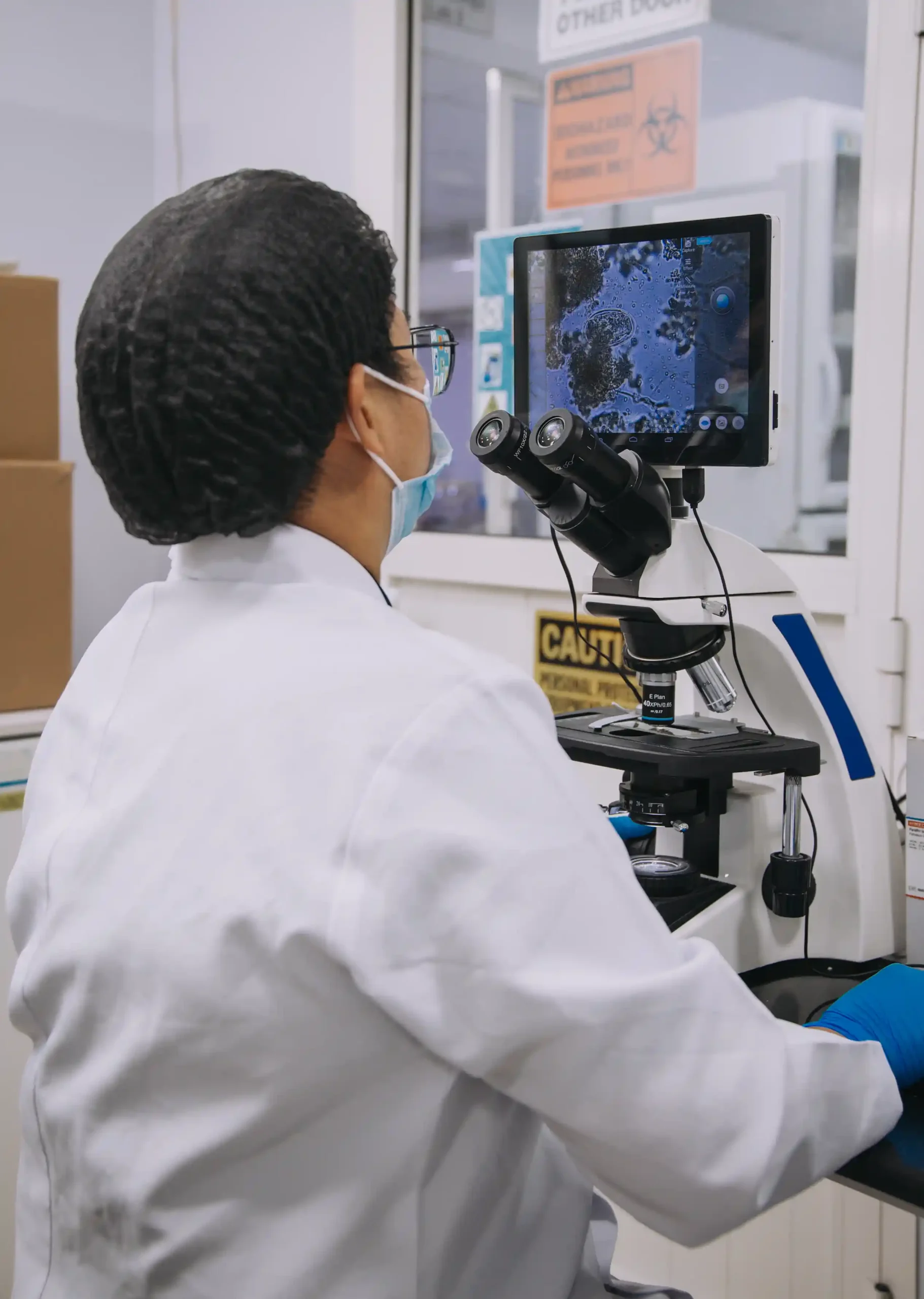Access to clean and safe water is vital for our health and well-being. Whether it’s the water in your swimming pool, home, or building tank, ensuring it meets safety standards requires regular microbiological testing. Building Tank Water Microbiological Testing plays a crucial role in identifying and eliminating harmful pathogens that could compromise water quality. This guide outlines the importance of water testing and provides actionable steps to maintain water quality in various settings.

Why Water Testing is Essential
Contaminated water can pose serious health risks, including gastrointestinal infections, skin irritations, and more severe illnesses. Regular microbiological testing helps identify harmful bacteria, viruses, and other pathogens, ensuring that the water you use is safe for consumption and other purposes.
Building Tank Water Microbiological Testing
Building tank water serves as a primary source of water for many households and businesses. Over time, these tanks can become breeding grounds for bacteria due to stagnant water, debris, or poor maintenance. Microbiological testing ensures that the water is free from pathogens like E. coli, Legionella, and other harmful microorganisms.
Steps for Ensuring Safe Tank Water:
- Regular Cleaning: Schedule periodic cleaning of the tank to remove sediments and biofilm.
- Testing Frequency: Conduct microbiological testing at least twice a year or more frequently if contamination is suspected.
- Professional Testing Services: Use certified labs for reliable results and comprehensive water quality analysis.
Home Drinking Water Microbiological Testing
The water you drink at home directly impacts your health. Even if you use municipal water, contamination can occur through old pipelines or poorly maintained storage tanks.
Key Tips for Safe Drinking Water:
- Test for Common Contaminants: Regularly test for bacteria, including coliforms and salmonella, to ensure safety.
- Filter Maintenance: If you use water filters, clean and replace them as recommended by the manufacturer.
- DIY vs. Professional Testing: While home testing kits are convenient, professional microbiological testing provides more accurate and detailed results.
Swimming Pool Water Microbiological Testing
Swimming pools are high-risk areas for microbial contamination due to constant exposure to external elements and human activity. Poor water quality in pools can lead to outbreaks of infections like swimmer’s ear, skin rashes, and gastrointestinal issues.
Best Practices for Pool Water Safety:
- Chlorine and pH Levels: Regularly monitor and adjust chlorine and pH levels to prevent bacterial growth.
- Routine Testing: Conduct microbiological testing monthly or more often during peak usage seasons.
- Shock Treatment: Periodically perform shock chlorination to eliminate persistent contaminants.
Benefits of Professional Water Testing
Using professional microbiological testing services offers several advantages:
- Accuracy: Advanced methods ensure precise identification of contaminants.
- Compliance: Helps meet regulatory standards for water safety.
- Peace of Mind: Ensures the water you use is safe for your family, guests, or employees.
Conclusion
Maintaining clean and safe water in your swimming pool, home, or building tank is a responsibility that cannot be overlooked. By prioritizing Building Tank Water Microbiological Testing, Home Drinking Water Microbiological Testing, and Swimming Pool Water Microbiological Testing, you can protect the health of everyone who relies on your water supply. Schedule regular testing with a trusted lab and follow best practices to ensure the highest standards of water safety.
For reliable and comprehensive water testing services, contact CoreLab.org today and take the first step toward safeguarding your water quality.






0 comments:
Post a Comment